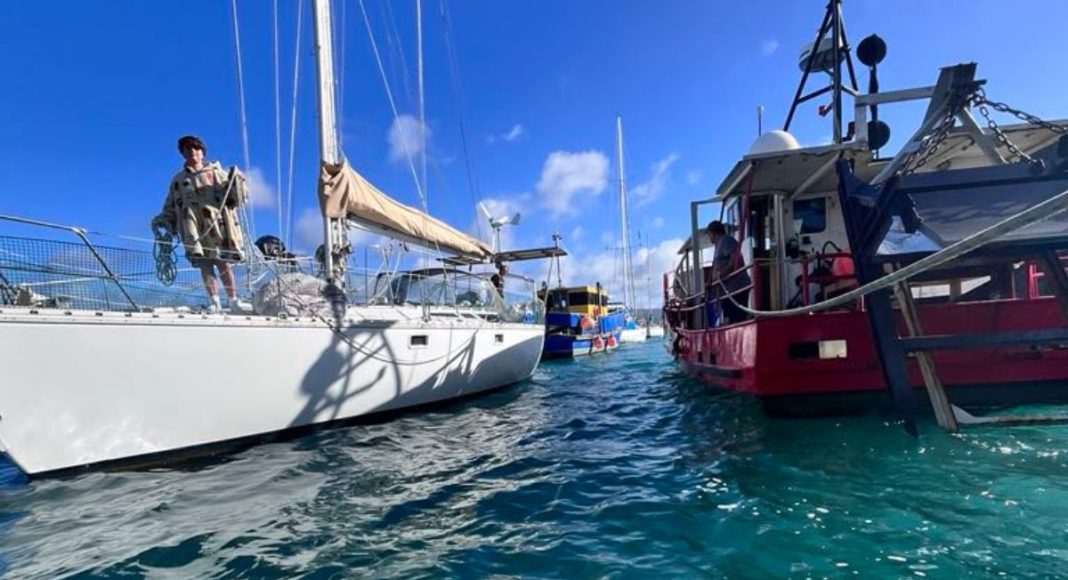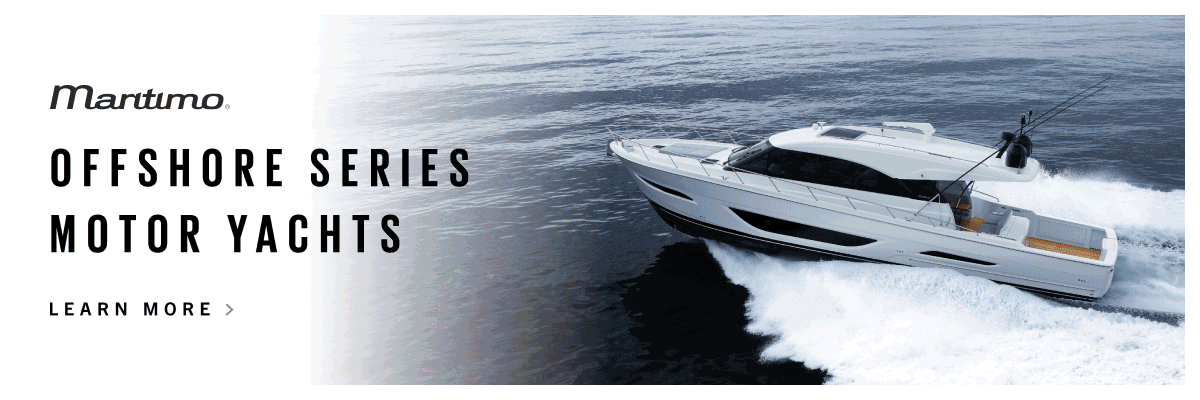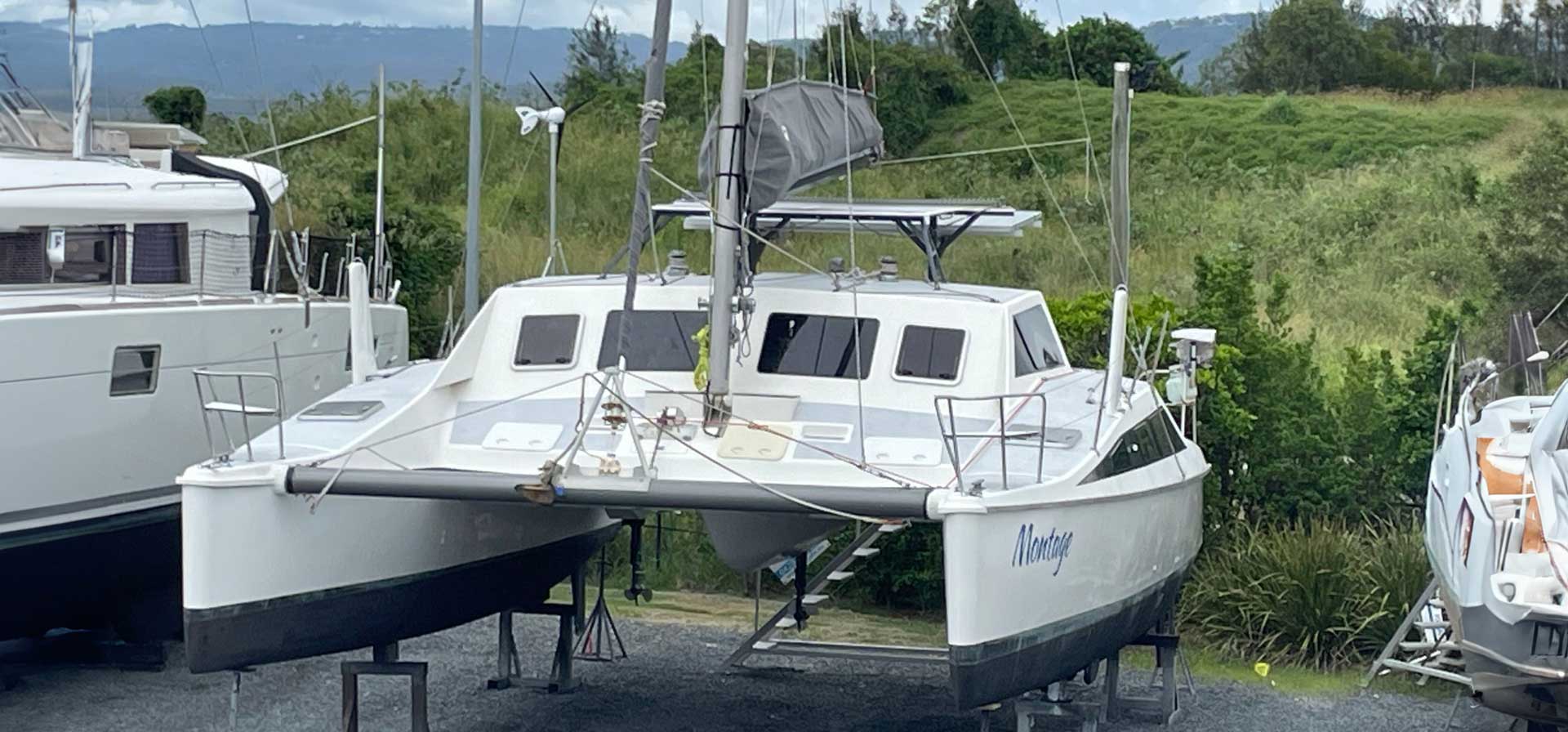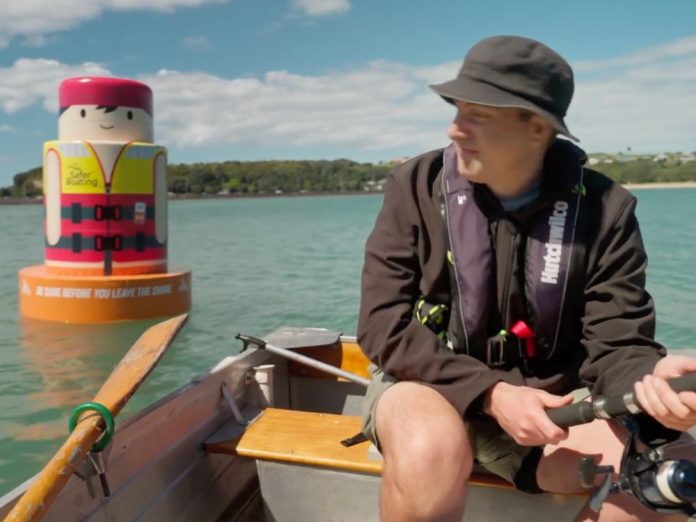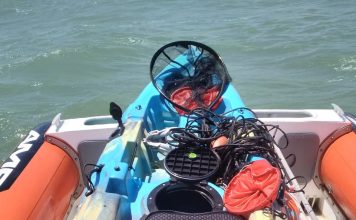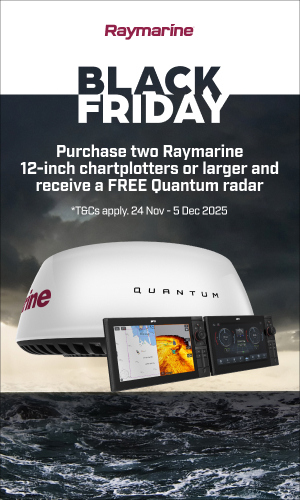It was a typical morning run from boat to shore. The kind of trip you do so often, you stop thinking about it. They stepped into their tender and set off, the motor starting as it always had. But metres from their yacht, the outboard gave up without warning. No splutter, no warning signs — just dead.
They hadn’t packed the oars. It was an oversight — one they admitted came from getting too comfortable with a motor that had always performed reliably. With no means of propulsion, they began to drift. The tide was running harder than expected, and it didn’t take long for the tender to move a few moorings out. They managed to grab onto a nearby boat’s mooring line, encrusted with shell growth and slimy from algae. Unpleasant, but better than drifting further into the estuary.

As the wind picked up, they realised the tender was pressing repeatedly against the shell-encrusted line, threatening to damage the inflatable hull. With no fenders on hand, they improvised. An empty Coke bottle from that morning’s rubbish was wedged between the tender and the rope — a makeshift bumper that held, for the moment.
Help arrived in the form of Evelyn, a working dredger the size of a small fishing trawler. Her fire-engine red paint makes her stand out among the muted colours of Whangamatā Harbour. She’s a familiar sight in the area, often seen maintaining the channel between the marina and the Wentworth River — essential work, particularly during low tides when the entrance can become treacherously shallow.

The skipper of Evelyn spotted the couple’s predicament and deviated from her routine to assist. She approached the peninsula side of the anchorage — a quiet area the we refer to as “the island.” Once in range, the stranded tender was passed a line. After untying from the fouled mooring rope, the family’s teenagers, still aboard the yacht, threw a second line and slowly pulled the tender back to the stern.
Safely back on board, the couple set to work diagnosing the motor failure. The issue was quickly traced to fuel starvation. Despite having serviced the engine only two months prior, moisture and fuel contaminants had built up in the system, blocking the float bowl. A new spark plug and some basic tools were enough to get the engine running again, but the experience left an impression.
While they were well-equipped to fix the issue — and lucky enough to have assistance nearby — it served as a clear warning. Tenders, especially when relied on as daily transport, demand constant attention. Components degrade quickly in marine environments. Filters clog. Fuel goes off. Spark plugs fail. Even when maintained on schedule, salt and moisture take their toll faster than expected.
Teenagers often use the tender, the couple added — another factor in the wear and tear. Different hands mean different handling styles. It reinforces the need for consistent maintenance and a backup plan every time the boat leaves the yacht.
This wasn’t a dramatic rescue, but it could easily have become more serious. Strong tidal flow, building wind, and a non-functioning tender can quickly escalate into a more dangerous situation, especially in remote anchorages or exposed waterways. In this case, the couple had the experience, equipment, and local support to recover safely — but it’s clear the outcome could’ve been very different.
Their message was simple: don’t let routine dull your caution. Maintain your gear, always carry basic safety equipment especially oars (and need it be said, lifejackets), and never assume a trip will go exactly like the last one. It might just save you a cold, wet, and potentially hazardous morning on the water.








